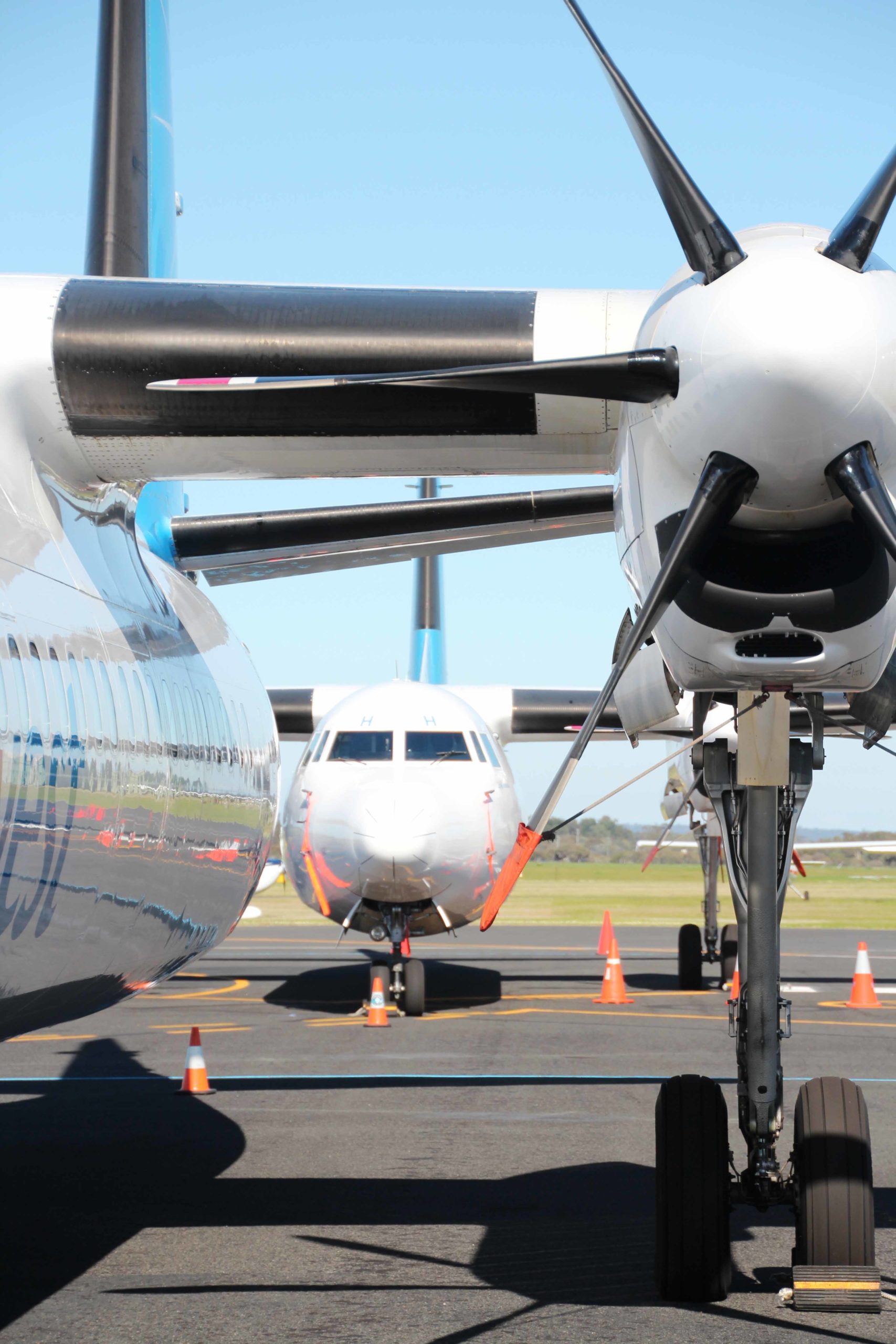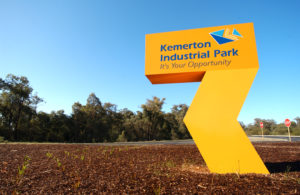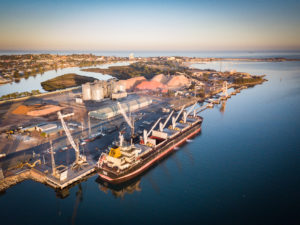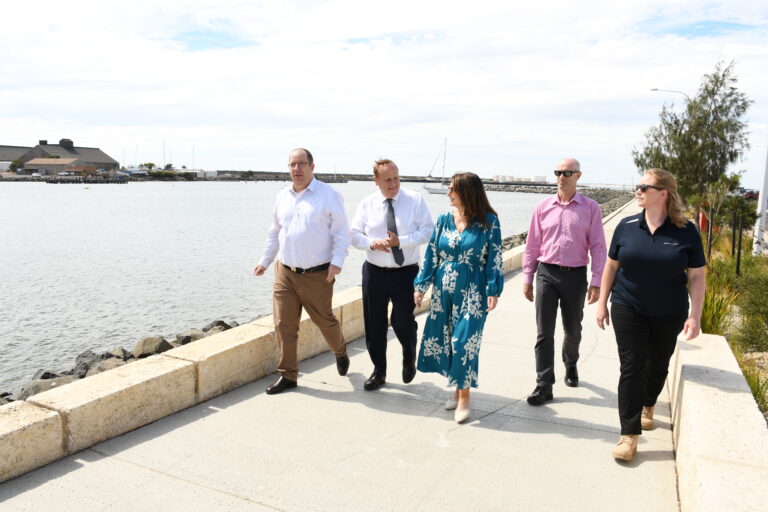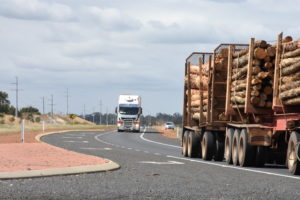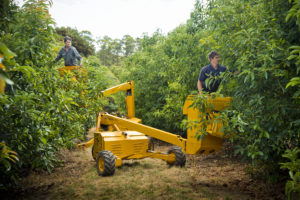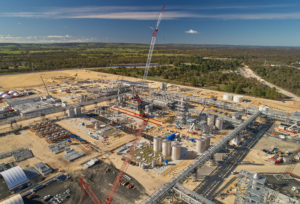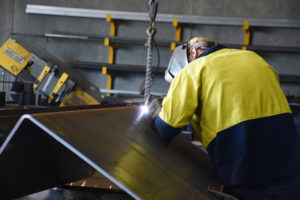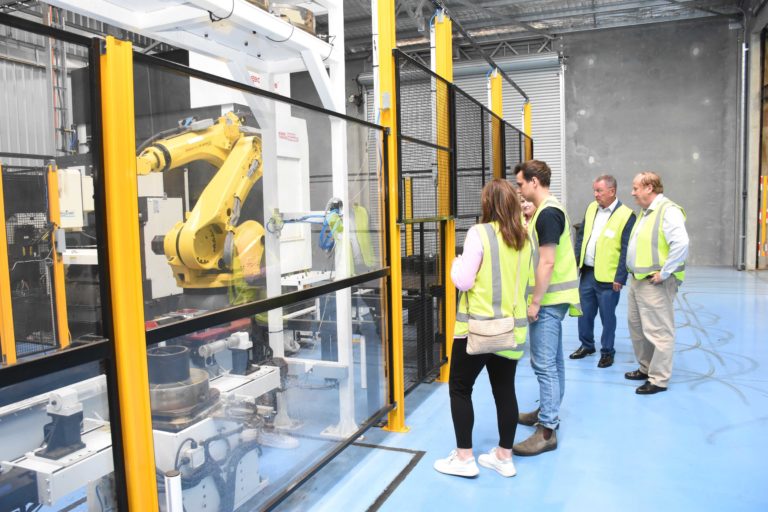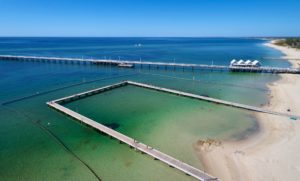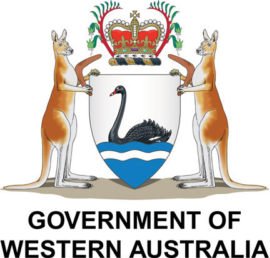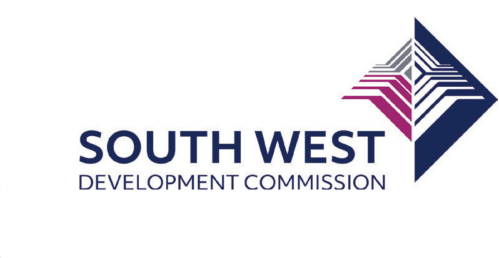Transport Infrastructure
Transport infrastructure creates roads to export for business and industry.
Extensive road, rail and port facilities accommodate the demands of industry, helping the region to secure prosperity and supporting a dynamic economy with room to grow.
Port-linked transport infrastructure supports industry and business.
Roads
The region is linked to the Western Australian capital Perth by a high standard dual carriageway highway with the travel time to the South West centre of Bunbury only about two hours. An extensive network of State roads connects producers and industrial areas with export facilities at the Port of Bunbury and within the Perth metropolitan area. Intra-regional travel is supported by an extensive network of sealed roads allowing for the efficient movement of freight and people.
The Bunbury Outer Ring Road project will cater for future growth of traffic on the road network and facilitate development of the Bunbury Port and South West industry.
Rail
The rail network is a significant transport system within the South West.
Bunbury is the centre of the network, which connects to towns and industry areas in the region, and the Perth metropolitan area.
The Australind passenger service operates a regular, seven-day per week service between Bunbury and Perth.
This service provides a valuable social role as well as providing support to the tourist industry.
The Port of Bunbury is serviced by a high-quality narrow-gauge railway line, which transports more than 12 million tonnes of bulk product every year between the port and alumina refineries in Pinjarra, Wagerup and Worsley.
The railway line also provides access to Kwinana for bulk exports and to the container port in Fremantle.
Port
The Bunbury Port connects the South West’s mining, manufacturing, agricultural and pastoral areas to the rest of Australia and the world. With one of the largest land holding of any port in Australia, Bunbury Port is well positioned for growth and development.
The Port currently consists of seven berths across the inner and outer harbours, with depths up to 9.1 metres at the Outer Harbour and 12.2 metres at the Inner Harbour.
The Inner Harbour is serviced by a narrow-gauge rail line and road transport access, while the Outer Harbour is serviced by road transport only.
The port’s major imports are caustic soda, methanol, petroleum coke and vegetable oils. Major exports include alumina, aluminium hydroxide, minerals sands, silica sand, silicon dross, spodumene, woodchips, bunkers and bunkering.
Air
A new gateway into the South West will open when Jetstar commences air services between Busselton and Melbourne.
The South West region is serviced by a regional airport located 6.5km from the town centre of Busselton. It is 220 kilometres south from the Perth International Airport and used for a variety of purposes including transporting fly-in, fly-out workers to operations located in other areas of the State. Jetstar has announced it will commence a Busselton-Melbourne route.
As well as the Busselton Margaret River Airport, which is owned and operated by the Shire of Busselton, light aircraft can use an airport at Bunbury and sealed airstrips around the region including at Collie, Manjimup and Margaret River.
